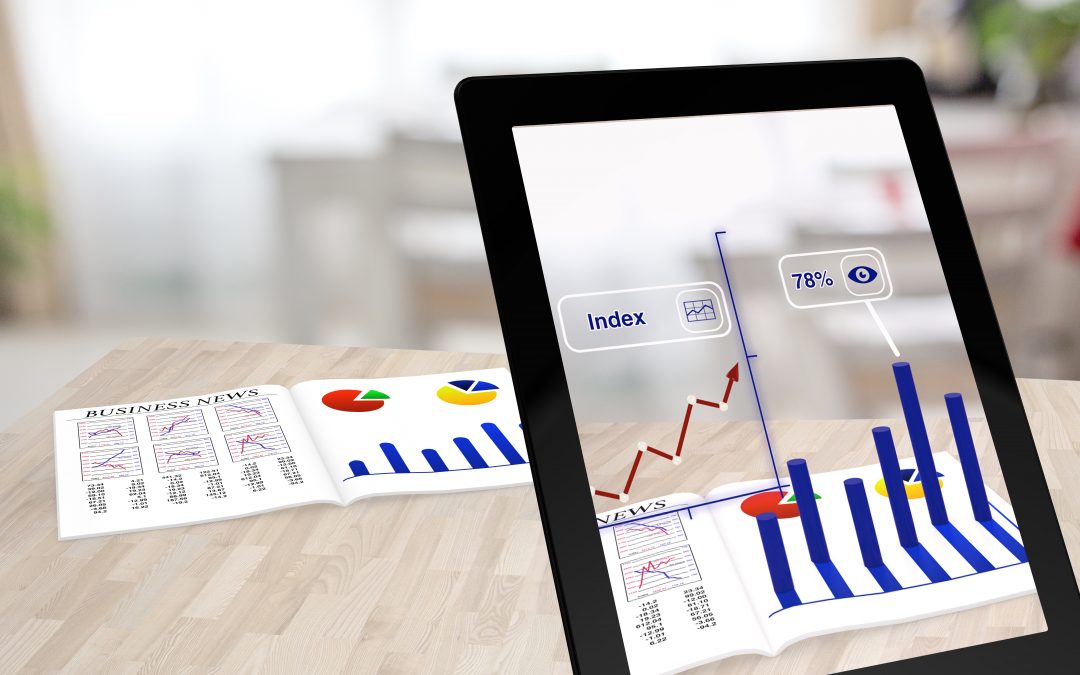We’ve all heard of Virtual Reality. But what is Augmented Reality? Virtual Reality simulates the real world environment, which you explore and interact with. In Augmented Reality, you see the real world, but with computer generated information overlaid on the various objects in the real world.
In other words, Augmented Reality unifies digital software and live surroundings (your physical environment) to generate scenes in real time, thus augmenting what you see, to help you connect better with the world around you. Augmented Reality has a plethora of applications today, as you can see in this YouTube overview.
Augmented Reality and technical documentation.
Augmented reality has had a great influence on technical documentation in recent years. Most importantly, it eliminates the need to transfer written content to the location where it needs to be applied. For example, in a classical environment a technician typically flips through pages (paper or Web) to identify relevant information. This information is then transferred to the place where the task (repair, operation, installation, configuration etc.,) must be executed. So, the technician has to interpret the written content and align existing graphics with the real world objects.
How about if we eliminated this transformation (and search) step completely, by displaying the information at the point and place where it’s needed? How about if the information could adjust to the current context, where a user can start a task by him/herself and then request support from the application when he cannot continue based on his own knowledge? That is Augmented Reality.
Take a look at how BMW handles “car servicing of the future”.
Creating content for Augmented Reality
With Augmented Reality, you virtually execute a task with the user. So you write content to show a task versus explain the task. Here are some tips to keep in mind when working with Augmented Reality for technical documentation:
- The type of content:
– 3D overlay content (3D animation or 3D objects overlaying the real world, which the user can interact with)
– Voice/audio overlay
– Context sensitive content (supplemental information with context-specific instructions)
- The way you create content:
– What are the specific authoring tools you can use?
– How to work in a 3D view to define tasks?
– How to align 3D data with the real world input?
Today, many Augmented Reality solutions also use content that was already prepared for other purposes— pictures, documents, checklists and so on. As the old adage goes, “content is king.”
Further, if content is interactive, Augmented Reality exponentially improves the usability of the content especially when executing complex tasks, by bringing the content right in the field of vision of the user.
Augmented Reality – you can try it too!
Implementing Augmented Reality in technical documentation has varying levels of complexity in terms of content as well as the software that utilizes that content. As Augmented Reality authoring tools evolve, the nature of content that is best suited will evolve. The cost of using this technology will evolve too and will eventually lead to a future that merges the physical and digital realities.
Let the magic of Augmented Reality begin.


